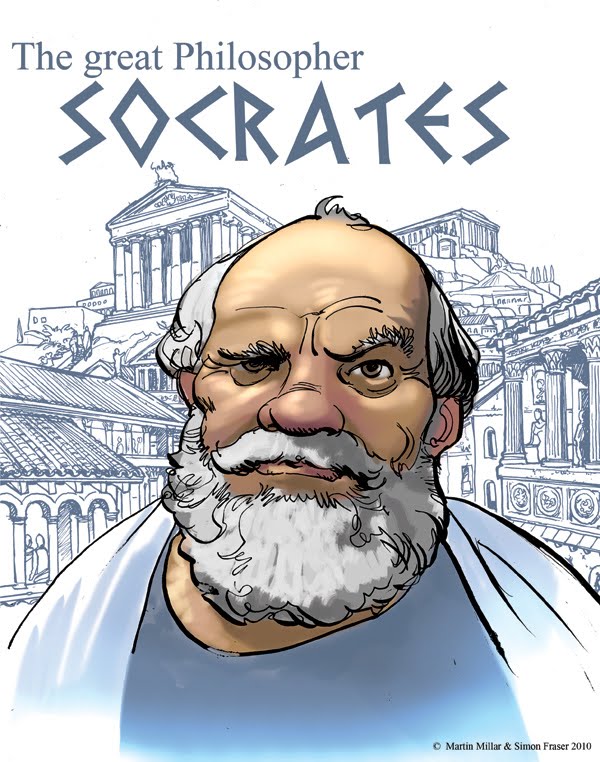
In September, 2012, the world of physics was upended when news broke from CERN, the European Center for Particle Physics, that a neutrino had been clocked at speeds faster than that of light. Time magazine wrote an article titled “Was Einstein Wrong? A Faster-than-Light Neutrino Could Be Saying Yes.” From the Telegraph, “Speed of light broken at CERN, scientists claim.” The New York Times’ headline simply asked “Was Einstein wrong?” The articles themselves were full of phrases such as “the Einstein-defying neutrinos,” some going so far as to claim that the findings “could prove Einstein wrong.”
Conspicuously silent on the issue, however, were scientific journals. The press release from CERN, “OPERA experiment reports anomaly in flight time of neutrinos from CERN to Gran Sasso,” did not insinuate any sort of incorrectness in Einstein’s theory. The position of CERN, and the scientific community in general, was that although nothing was out of the realm of possibility, the aberration was in all likelihood the result of experimental error.
Several months later, when the cause of the results was found to have been a loose fiber-optic cable, the newspapers began again, exclaiming “Einstein was right all along!” (Discover magazine), or “Einstein proven right, admit Neutrino researchers” (Huffington Post).
These headlines are indicative of the problem with having a population of untrained armchair scientists treating theories dogmatically: a sensationalistic view of science in the media leads to a fundamental misunderstanding of its process in the general population. Theories of the nature of the universe are never claimed by their researchers to be a “correct” picture; they are mathematical models of a specific range of phenomena. The two currently prevailing theories, Quantum physics and Einstein’s general relativity (the one which imposes the previously discussed cosmic speed limit), are both, as models, very good. Without an understanding of quantum physics, microprocessors could never have been designed; without relativity, black holes, gravitation, and a whole host of other phenomena would remain unexplained. They are also known to be “incorrect,” in the sense that neither one is a complete picture, nor they are compatible with each other. It is the ultimate goal of modern physics to forge a unified theory. String theory is an example of such an attempt.
Even historically, scientists have been unabashed in admitting that their theories were nothing more than incomplete representations of certain observed properties. Newton, in his groundbreaking Principia, after positing the inverse-square law of gravitation, said “I have not as yet been able to discover the reason for these properties of gravity from phenomena, and I do not feign hypotheses. For whatever is not deduced from the phenomena must be called a hypothesis; and hypotheses, whether metaphysical or physical, or based on occult qualities, or mechanical, have no place in experimental philosophy. In this philosophy particular propositions are inferred from the phenomena, and afterwards rendered general by induction.”
But non-scientists, recognizing science’s ability to accurately describe and predict a wide range of occurrences, began not only to accept prevailing scientific attitudes as the best currently available explanations, but to treat them as if they were true and comprehensive. In the process, Science was placed on a pedestal. “The belief in the ignorance of experts,” as physicist Richard Feynman put it, was lost.
Consequently, science’s devoted followers often tout it as providing more in terms of answers than it really does; it offers the best explanation given, based on known data, and nothing more. Evolutionary biologists, for example, are prepared to admit that we have come no closer to creating life in the laboratory than creating some amino acids from a simulation of the early atmosphere, and have no explanation whatsoever for the nature of consciousness. One wonders whether the average scientifically-naïve individual, in a debate with a proponent of intelligent design, would be willing to concede as much.
Another problem, one that is inherent in the human condition, is a confirmation bias, which manifests itself as a cherry-picked agreement of scientific methods and results. Just as religions claiming their holy book is the one true word of an omniscient God label passages “not applicable to today’s society,” the public will ignore any amount of scientific evidence if it disagrees with their beliefs.
The elevation of scientists leads, as well as to devotion, to an odd phenomenon stemming from a desire to feel superior. Lee Smolin and Peter Woit, great physicists, have published extremely accessible books explaining why they do not believe string theory is deserving of the attention and investigation it receives. They were perfectly justified in doing this; they saw the theory, and investigated and worked with its implications. Their books, however, brought about an unanticipated animosity among their many readers towards string theorists: they allowed the general population to feel as if they were qualified to judge the theory’s merits, and feel superior to its researchers by insulting its quality. Multiple times, I have found myself discussing physics with a friend, only to have the conversation turn to the foolishness of string theorists, and how one could possibly believe in such a theory. When questioned, they admitted they had no knowledge whatsoever of its postulates.
We live in a society of activists, where being opinionated is in style, and lack of knowledge is treated as a character flaw. But claiming experience in an area based on pre-digested news and watered-down data is dishonest, and making assertions without any real knowledge of their veracity or implications is dangerous. The public as a whole must become more accepting of admissions of ignorance; as Socrates said, “wisest is he who knows he does not know.”
Excellent post, Angus! Man’s superiority complex was modeled quite well in 1958, when Dr. Theodore Seuss Geissel published his scientific theory on the structural transience of top-heavy living pyramids. Crank it up!
http://www.youtube.com/watch?v=eL9msaALrxI